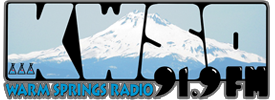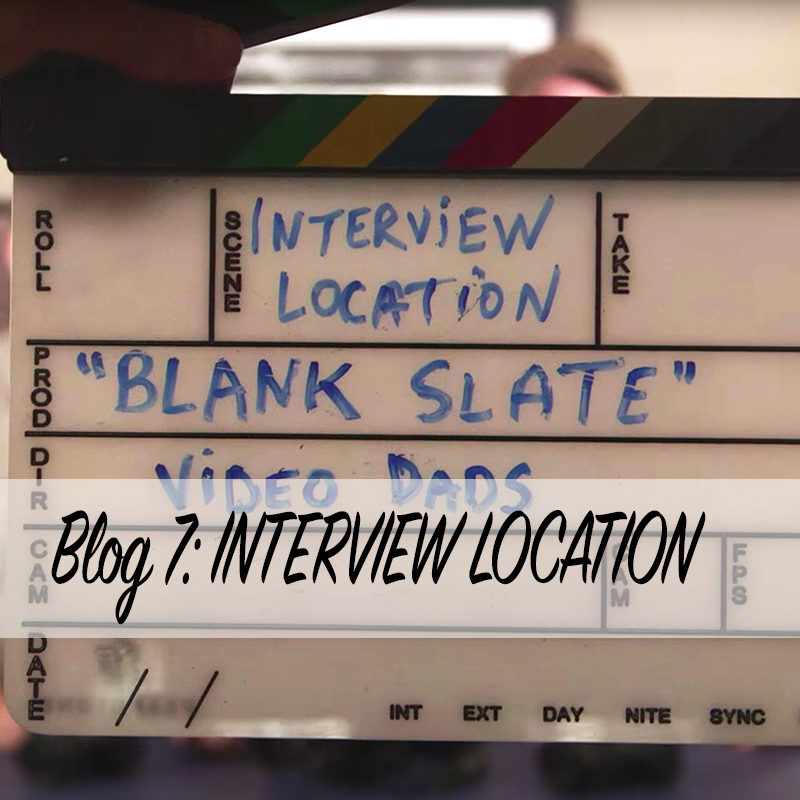Uncategorized
Video Learning Blog 7 – Interview Location
Now that we’ve talked about planning for your interview, how to frame your questions, and much of the associated theory – I thought it would be a good idea to talk about selecting an interview location. This episode of the “Blank Slate” series we produced for PBS Digital Studios does a good job of quickly distilling the things to consider.
Finding a good interview location while doing a documentary shoot in the field can be stressful. If you’re looking for a spot on the fly (as we often are), I suggest letting your interview subject take a break maybe grab a cup of coffee or go to the bathroom. That way, you’re not agonizing over these details with them standing by.
The number one thing you are looking for is quiet. While you’ll need to assess a number of factors for a good interview location, being able to control the sound (and privacy) of a location is a nonnegotiable requirement.
Next importantly, you’ll also want to assess any existing light. Depending on the types of light you have in your kit, you may need to avoid bright sunlight or ugly florescent light. Nearly all of our interviews take place in doors because it’s the easiest place to control light and sound.
It’s especially important to look for a location with depth. If you place a subject directly up against a wall or a big puffy couch back, their face will be competing for focus with the backdrop… and that’s not good. When you look at your frame, you need to consider not only the x and y axis, but the z axis or depth.
With DSLR and cinema cameras, we often shoot a wide aperture say, f4 to blur that backdrop. What that means is it’s less important to place some interesting object behind the interview subject… because it will be blurry anyway. So, we tend to go for interesting textures or nice colors. This really frees you up to focus on sound and light.

